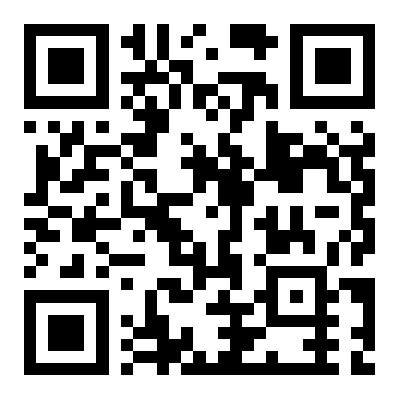The printing ink market is expected to reach $20.6 billion by 2029
Date:2024-04-08
The printing ink market size is expected to reach $18.04 billion by 2024 and $20.6 billion by 2029, with a CAGR of 2.69% during the forecast period (2024-2029). In 2020, affected by the epidemic, various manufacturing plants are closed and the demand for packaging is reduced. Therefore, the consumption of printing ink in the packaging industry is greatly reduced. However, the food and beverage industry is starting to recover and show positive effects. Beginning in 2021, the printing ink market is on the road to recovery, and manufacturers have gradually overcome the challenges brought by the epidemic, showing the following characteristics:
1、In the short term, key factors such as growing demand from the digital printing industry, as well as growing demand from the packaging and labeling industry will drive the market growth.
2、On the other hand, the decline of the traditional printing industry and strict handling regulations will hinder the growth of the market.
However, the advent of bioavailable and UV-curable inks may soon create lucrative growth opportunities for the global market.
The Asia-Pacific region dominates the global market, with the largest consumption in China.
According to a report released by the Processing and packaging Technology association PMMI, the growth of the global packaging industry increased from $36.8 billion in 2016 to $42.2 billion in 2021. This is due to a growing population and increasing concern for sustainable development. Consumption power in developing regions is expected to increase the demand for packaging.
Digital printing is rapidly expanding into label production and electrophotography. Due to the increasing popularity of digital printing, the packaging industry is expected to undergo a major revolution in the next decade.
Due to the acceleration of digital printing, it is popular with many different brands. Recent developments in digital printing have increased the potential for more applications in flexible corrugated packaging and folding crates.
inkjet printing process has the advantages of non-contact and low cost, and is widely used for printing large format on various substrates, suitable for packaging. It can be integrated into existing processing lines more efficiently than ink systems.
With the development of the food industry and population growth in countries such as China, India and the United States, hard packaging has been on the rise in the past few years.
Flexible packaging is the largest packaging application segment in the overall packaging market, thanks to several advantages such as requiring 91% less material and 96% less space than rigid packaging. In addition, with the increasing focus on sustainability, traditional rigid packaging solutions are being replaced by innovative flexible packaging solutions.
In the food industry, flexible packaging is popular for its hygroscopic properties, product freshness and temperature control, and its ability to maintain the shelf life of products.
Therefore, the demand for printing inks in the packaging industry is expected to grow rapidly during the forecast period.

 Location >>
Location >> 